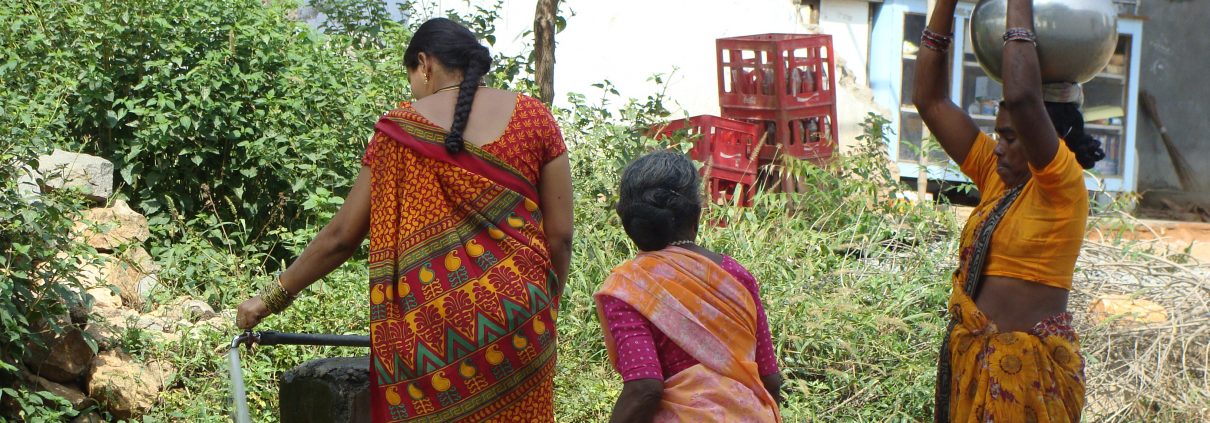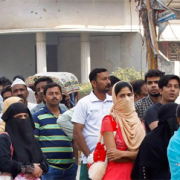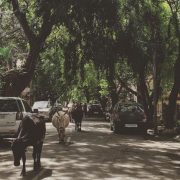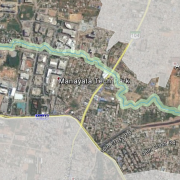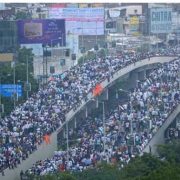Urbanization and water security in India
By Maritza Lee, MURP ’16 & International Practice Pathway Fellow
Water is a fundamental natural resource to life and food security. India’s population represents more than 18% of the world’s population but only has 4% of the world’s water resources to support its population (National Water Policy, 2012). Access to water and sanitation remains a major problem in the country. Currently, 18.6% of urban residents have no toilets at home and 12.6% urban areas are not considered Open Defecation Free (ODF). Projections for population growth in India are increasing the country’s concerns around this issue. India will have the world’s largest population by 2022, even greater than China, and it is expected that more than half of the population will be living in cities by 2050.
As part of my internship for SaciWATERS, the South Asia Consortium for Interdisciplinary Water Resources Studies, I am actively researching water security in India. The goal of my research is to analyze whether India has urban water policies that promote water security in peri-urban areas. Furthermore, I am working to identify alternatives to the traditional water distribution system in the country. My findings thus far underscore the need for a reform of the traditional water distribution system in India.
Through my work, I have found that the lack of adequate water and sanitation services is particularly serious in peri-urban settlements. The rapid growth of cities is spurring development on rural land, creating these peri-urban settlements. Some of these areas have been incorporated into cities but remain left behind in terms of public service provisions, including water and sanitation services. In India, public utilities or large-scale private companies are not addressing the water and sanitation needs of peri-urban areas; instead, informal water distribution systems are the norm. Due to these informal systems, peri-urban populations are left with no choice but to pay market prices for water, which are considerable higher than prices paid by the population with access to the formal water network. As a result, the poor peri-urban developments end up paying more for water than anybody else in the country.
This is clearly an equity problem that necessitates further research on alternative water distribution systems. I am glad that organizations like SaciWATERS are addressing this issue and I hope that my work contributes to a deeper understanding of alternative water distribution systems that will help address the problem of water security in India.

